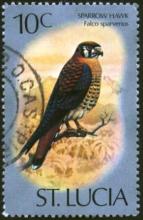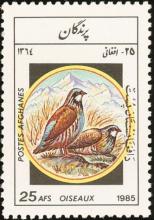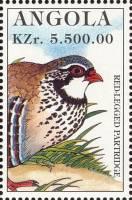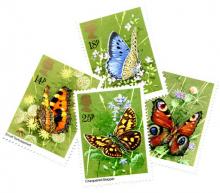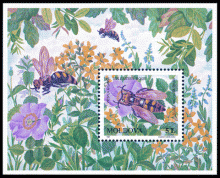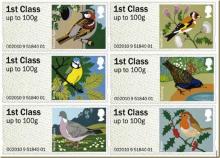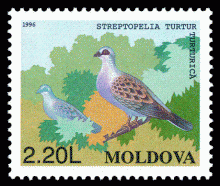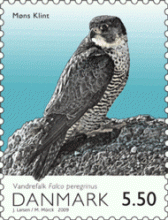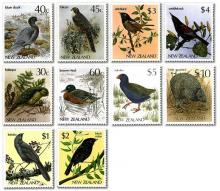In two decades the numbers of American kestrels in the Yukon have plummeted by 80 per cent
Trying to research a bird that is disappearing is a nearly impossible task, if you ask Dave Mossop. The Yukon Research Centre biologist has been studying the American kestrel (Falco sparverius) – North America’s smallest falcon – since the 1980s. In those two decades, numbers of American kestrels in the Yukon have plummeted by 80 per cent. A bird that was once plentiful on telephone wires across the territory is rarely spotted these days. “It’s a real catastrophe and a wake-up call,” says Mossop, who became interested in the American kestrel by accident. He wanted to find out how larger birds like boreal owls and ducks were able to find nesting cavities in small Yukon trees. The kestrel also finds refuge in tree cavities, most often those left over from woodpeckers. While Mossop was tracking these cavities, he realized that the number with kestrels in them was dwindling. That was in the early ‘90s. Mossop started networking with other bird biologists around North America to see if they were noticing a similar trend. But in the ‘90s and the early part of 2000, only the Yukon was experiencing significant declines, he says. That changed in 2009 when a research conference was held to discuss the American kestrel. “It turned out the decline was being seen everywhere at that point and that led to people raising the alarm.”

